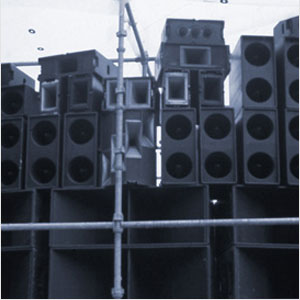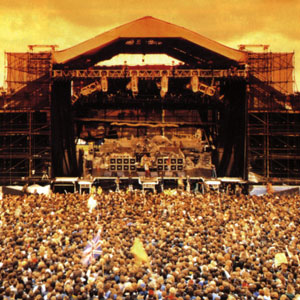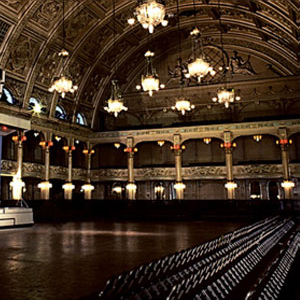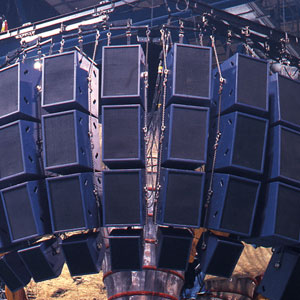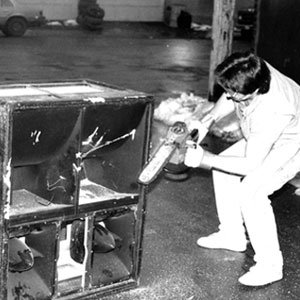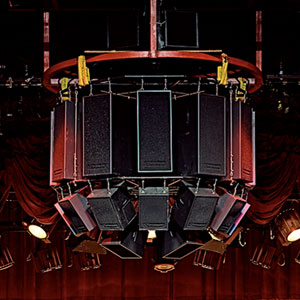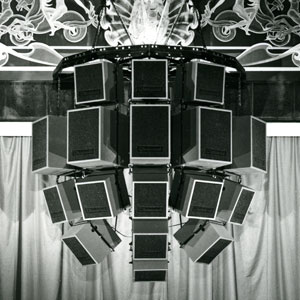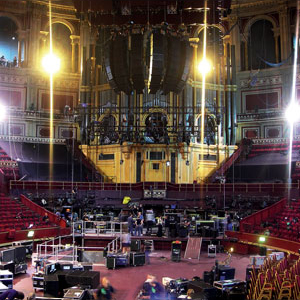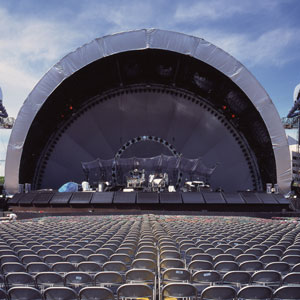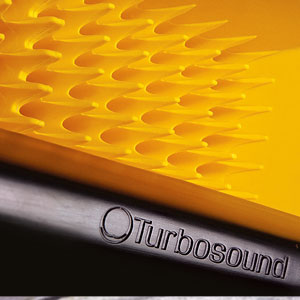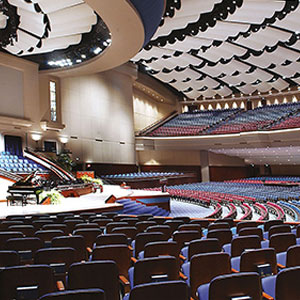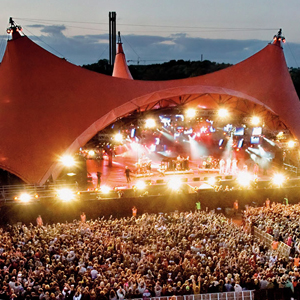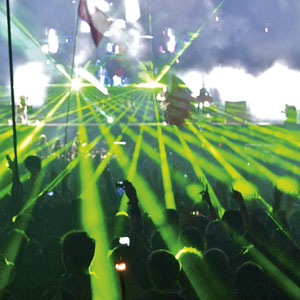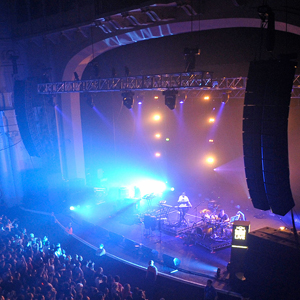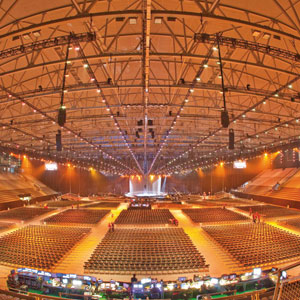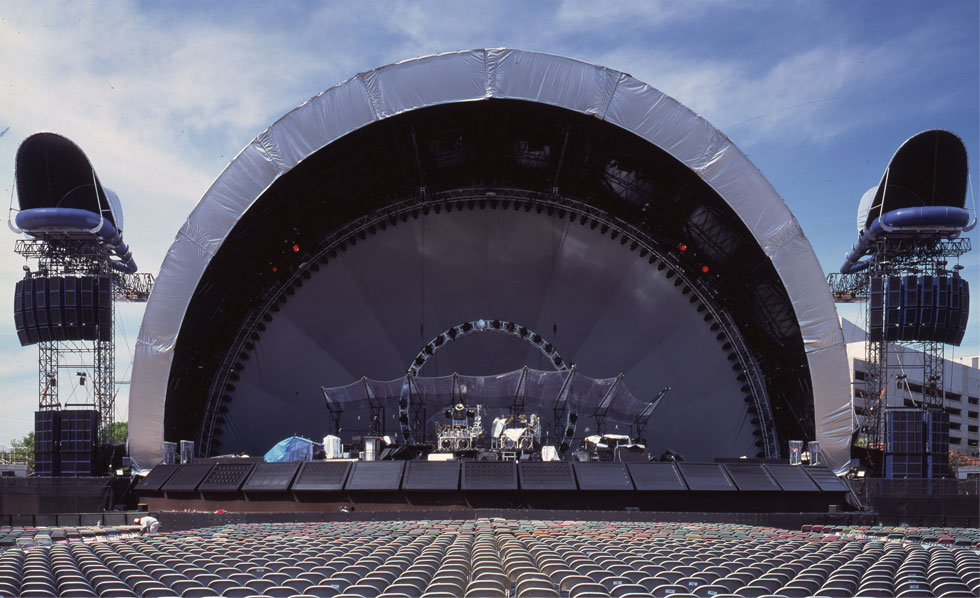Introduction
This End User License Agreement (the "Agreement") is a binding Agreement between you ("End User," "you"
or "your") and Empower Tribe HQ FZE ("Company," "we," "us" or "our"). This Agreement governs the
relationship between you and us, and your use of the Company's Software. Throughout this Agreement, End
User and Company may each be referred to as a "Party" or collectively, the "Parties."
If you are using the Software on behalf of your employer or another entity (an "Organization") for whose
benefit you utilize the software or who owns or otherwise controls the means through which you utilize or
access, then the terms "End User," "you," and "your" shall apply collectively to you as an individual and to the
Organization. If you use or purchase a license or to or on behalf of an Organization, you hereby acknowledge,
warrant, and covenant that you have the authority to 1) purchase a license on behalf of the Organization;
2) bind the Organization to the terms of this Agreement.
By downloading, installing, accessing or using, you: (a) affirm that you have all of the necessary permissions and
authorizations to access and use; (b) if you are using the Software pursuant to a license purchased by an
organization, that you are authorized by that organization to access and use; (c) acknowledge that you have
read and that you understand this Agreement; (D) represent that you are of sound mind and of legal age
(18 years of age or older) to enter into a binding Agreement; and (e) accept and agree to be legally bound by
the terms and conditions of this Agreement.
If you do not agree to these terms, do not download, install, access, or use the software. If you have already
downloaded the software, delete it from your computing device.
The Software is licensed, not sold, to you by Music Tribe for use strictly in accordance with the terms
of this Agreement.
License
Subject to the terms of this Agreement and, if applicable, those terms provided in the License Agreement,
Music Tribe grants you a limited, non-exclusive, perpetual, revocable and non-transferable license to
download, install and use the Software a that you own or control.
Restrictions
You agree not to, and you will not permit others to:
- License, sell, rent, lease, assign, distribute, transmit, host, outsource, disclose, or otherwise commercially
exploit the Software or make the Software available to any third party
- Modify, make derivative works of disassemble, decrypt, reverse compile, or reverse engineer any part of
the Software
- Remove, alter, or obscure any proprietary notice (including any notice of copyright or trademark) of Music
Tribe or its affiliates, partners, supplier, or the licensors of the Software
Intellectual Property
All intellectual property rights, including copyrights, patents, patent disclosures and inventions (whether
patentable or not), trademarks service marks, trade secrets, know-how and other confidential information,
trade dress, trade names, logos, corporate names and domain names, together with all of the goodwill
associated therewith, derivative works and all other rights (collectively, "Intellectual Property Rights") that are
part of the Software that are otherwise owned by Music Tribe shall always remain the exclusive property of
Music Tribe (or of its suppliers or licensors, if and when applicable). Nothing in this Agreement grants you (or
any Organization) a license to Music Tribe's Intellectual Property Rights.
You agree that this Agreement conveys a limited license to use Music Tribe's Intellectual Property Rights, solely
as part of the Software (and not independently of it), and only for the effective Term of the license granted to
you hereunder. Accordingly, your use of any of Music Tribe's Intellectual Property Rights independently of the
Software or outside the scope of this Agreement shall be considered an infringement of Music Tribe's
Intellectual Property Rights. This shall not limit; however, any claim Music Tribe may have of a breach of
contract in the event you breach a term or condition of this Agreement. You shall use the highest standard of
care to safeguard all Software (including all copies thereof) form infringement, misappropriation, theft, misuse,
or unauthorized access. Except as expressly granted in this Agreement, Music Tribe reserves and shall retain all
rights, title, and interest in the Software, including all copyrights and copyrightable subject matter, trademarks
and trademark able subject matter, patents and patentable subject matter, trade secrets, and other intellectual
property rights, registered, unregistered, granted, applied-for, or both now in existence and that may be
created, relating thereto.
You (or the Organization, if and as applicable) shall retain ownership of all Intellectual Property Rights in and to
the work products that you create through or with the assistance of the Software.
Your Suggestions
Any feedback, comments, ideas, improvements, or suggestions (collectively, "Suggestions") provided by you to
Music Tribe with respect to the Software shall remain the sole and exclusive property of Music Tribe.
Music Tribe shall be free to use, copy, modify, publish, or redistribute the Suggestions for any purpose and in
any way without any credit or any compensation to you.
Modifications to Software
Music Tribe reserves the right to modify, suspend or discontinue, temporarily or permanently, the Software or
any service to which it connects, with or without notice and without liability to you.
Updates to Software
Music Tribe may from time to time provide enhancements or improvements to the features/functionality of
the Software, which may include patches, bug fixes, updates, upgrades, and other modifications ("Updates").
Updates may modify or delete certain features and/or functionalities of the Software. You agree that Music
Tribe has no obligation to (i) provide any Updates, or (ii) continue to provide or enable any features and/or
functionalities of the Software to you.
Third-Party Software
Third party software and data ("Third-Party Software") may be attached to the Software. You acknowledge and
agree that, if you wish to obtain Third-Party Software on other terms, you should acquire this Third-Party
Software directly from its suppliers.
In no event shall such separate license agreements or additional terms and conditions between You and the
supplier be binding on Company or impose any additional obligations, or obligations inconsistent with the
terms of this Agreement, upon Company whatsoever.
The party providing the Third-Party Software is responsible for any warranty or liability related arising from the
Third-Party Software. MG-IP is not responsible in any way for the Third-Party Software or your use thereof.
Term and Termination
This Agreement shall remain in effect until terminated by you or Music Tribe.
Music Tribe may, in its sole discretion, at any time and for any or no reason, suspend or terminate this
Agreement with or without prior notice.
This Agreement will terminate immediately, without prior notice from Music Tribe, if you fail to comply with
any provision of this Agreement. You may also terminate this Agreement by deleting the Software and all
copies thereof from your computer.
Upon termination of this Agreement, you shall cease all use of the Software and delete all copies of the
Software from your computer.
Termination of this Agreement will not limit any of Music Tribe's rights or remedies at law or in equity in case
of breach by you (during the term of this Agreement) of any of your obligations under the present Agreement.
Indemnification
You agree to indemnify, defend and hold harmless, Music Tribe and its officers, directors, employees, agents,
affiliates, successors, and assigns from and against any and all losses, damages, liabilities, deficiencies, claims,
actions, judgments, settlements, interest, awards, penalties, fines, costs or expenses of whatever kind,
including reasonable attorney's fees, arising from or relating to : (i) your use or misuse of the Software; (ii) your
failure to comply with any applicable law, regulation or government directive; (iii) your breach of this
Agreement; or (iv) your Agreement or relationship with an Organization (if applicable) or any third party.
Furthermore, you agree that Music Tribe assumes no responsibility for the information or content you submit
or make available through this Software or the content that is made available to you by third parties.
No Warranties
The Software is provided to you "As is" and "As available" and with all faults and defects without warranty of
any kind. To the maximum extent permitted under applicable law, Music Tribe, on its own behalf and on behalf
of its affiliates and its and their respective licensors and service providers, expressly disclaims all warranties,
whether express, implied, statutory or otherwise, with respect to the Software, including all implied warranties
of merchantability, fitness for a particular purpose, title and non-infringement, and warranties that may arise
out of course of dealing, course of performance, usage or trade practice. Without limitation to the foregoing,
Music Tribe provides no warranty or undertaking, and makes no representation of any kind that the Software
will meet your requirements, achieve any intended results, be compatible or work with any other software,
systems, or services, operate without interruption, meet any performance or reliability standards or be error
free or that any errors or defects can or will be corrected.
Without limiting the foregoing, neither Music Tribe nor any of Music Tribe's provider makes any representation
or warranty of any kind, express or implied: (i) as to the operation or availability of the Software, or the
information, content, and materials or products included thereon; (ii) that the Software will be uninterrupted
or error-free; (iii) as to the accuracy ,reliability, or currency of any information or content provided through the
Software; or (iv) that the Software, its servers, the content, or emails sent from or on behalf of Music Tribe are
free of viruses, scripts, trojan horses, worms, malware, time bombs or other harmful components.
Some jurisdictions do not allow the exclusion of or limitations on implied warranties or the limitations on the
applicable statutory rights of a consumer, so some or all of the above exclusions and limitations may not apply
to you.
Limitation of Liability
Notwithstanding any damages that you might incur, the entire liability of Music Tribe and any of its suppliers
under any provision of this Agreement and your exclusive remedy for all the foregoing shall be limited to the
amount actually paid by you for the Software.
To the maximum extent permitted by applicable law, in no event shall Music Tribe or its suppliers be liable for
any special, incidental, indirect, or consequential damages whatsoever (including, but not limited to, damages
for loss of profits, for loss of data or other information, for business interruption, for personal injury, for loss of
privacy arising out of or in any way related to the use of or inability to use the Software, third-party software
and/or third-party hardware used with the Software, or otherwise in connection with any provision of this
Agreement), even if Music Tribe or any supplier has been advised of the possibility of such damages and even if
the remedy fails of its essential purpose.
Some states/jurisdictions do not allow the exclusion or limitation of incidental or consequential damages, so
the above limitation or exclusion may not apply to you.
Severability
If any provision of this Agreement is held to be unenforceable or invalid, such provision will be changed and
interpreted to accomplish the objectives of such provision to the greatest extent possible under the applicable
law and the remaining provisions will continue in full force and effect.
No failure to exercise, and no delay in exercising, on the part of either party, any right or any power under this
Agreement shall operate as a waiver of that right or power. Nor shall any single or partial exercise of any right
or power under this Agreement preclude further exercise of that or any other right granted herein. In the event
of a conflict between this Agreement and any applicable purchase or other terms, the terms of this Agreement
shall govern.
Amendments to this Agreement
Music Tribe reserves the right, at its sole discretion, to modify or replace this Agreement at any time. If a
revision is material, we will provide at least 30 days' notice prior to any new terms taking effect. What
constitutes material change will be determined at our sole discretion.
By continuing to access or use our Software after any revisions become effective, you agree to be bound by the
revised terms. If you do not agree to the new terms, you are no longer authorized to use the Software.
Governing Law
The Laws of the jurisdiction where you are a resident, excluding its conflicts of law rules shall govern any
dispute arising out of or in connection with this Eula. The Applicability of the Uniform Commercial Code (UCC)
and any other laws that direct the application of the laws of any other jurisdictions are expressly excluded.
Changes to this Agreement
We reserve the exclusive right to make changes to this Agreement from time to time. Your continued access to
and use of the software constitutes your Agreement to be bound by, and your acceptance of, the terms and
conditions posted at such time. You acknowledge and agree that you accept this Agreement (and any
amendments thereto) each time you load, access, or use the software.
Therefore, we encourage you to review this Agreement regularly.
If, within thirty (30) days of posting changes or amendments to this Agreement, you decide that you do not
agree to the updated terms, you may withdraw your acceptance to the amended terms by providing us with a
written notice of your withdrawal.
No Employment or Agency Relationship
No provision of this Agreement, or any part of relationship between you and Music Tribe is intended to create,
nor shall they be deemed or construed, to create any relationship between you and Music Tribe other than
that of an end user of the software and services provided.
Equitable Relief
You acknowledge and agree that your breach of this Agreement would cause Music Tribe irreparable harm for
which money damages alone would be inadequate. In addition to damages, and any other remedies to which
Music Tribe may be entitled, you acknowledge and agree that we may seek injunctive relief to prevent the
actual, threatened, or continued breach of this Agreement.
Limitation of Time to File Claims
Any cause of action or claim you may have arising out of or relating to this Agreement must be
commenced within one (1) year after the cause of action accrues, otherwise, such cause of action or claim
is permanently barred.
Entire Agreement
The Agreement constitutes the entire Agreement between you and Music Tribe regarding your use of the
Software and supersedes all prior and contemporaneous written or oral arguments between you and
Music Tribe.
You may be subject to additional terms and conditions that apply when you use or purchase other Music
Tribe's services, which Music Tribe will provide to you at the time of such use or purchase.
Contact Us
Do not hesitate to contact us at [email protected] if you have any questions about this Agreement.
